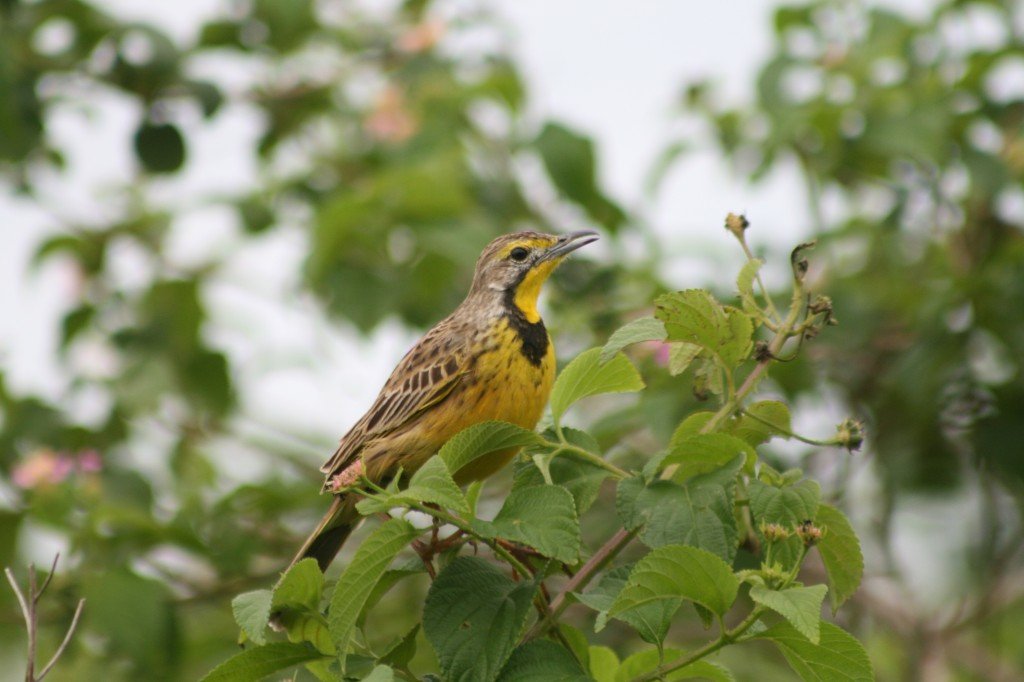Kenneth Stainbank Nature Reserve 0
The Kenneth Stainbank Nature Reserve, in the southern Durban suburb of Yellowwood Park, is a five-star birding venue which provides a fine selection of more than 200 KwaZulu-Natal species.
Visiting on a partly cloudy, warm spring morning in October 2016, the place was alive with bird song and I knew I was in for a treat.
Because the 253 hectare reserve is mostly coastal evergreen forest and grassland, a Greyheaded Bush Shrike was not what I was expecting to see, especially since the Birds in Reserves atlasing project had it recorded on just five of 404 cards submitted through the year at Stainbank Nature Reserve.
But there the handsome Greyheaded, the largest bush shrike in Southern Africa, was, calling loudly as the morning warmed up, its trademark mournful hoot coming from a tree along a stream.
Nearby, Purplecrested Lourie, by contrast a typical bird of this area, was also calling loudly, along with Blackheaded Orioles from the tops of trees.
Searching the tops of the trees, which included many impressive Yellowwoods, proved to be fruitful in general, as well as throwing up one or two surprises. A Bronze Mannikin was all on its own on top of one tree and, deep in the forest, there was even a Kurrichane Thrush, which usually favours drier woodland, on top of a tree!
Even a dead tree was a good place for birds, with three White-eared Barbet, inevitably, on top of one. These subtropical lowlands specials are often seen perched prominently on bare branches.
There are various trails to walk along in Stainbank Nature Reserve, as well as bush tracks one can drive along, and Tambourine Dove went whizzing along one of these, while Gymnogene was also spotted soaring over the forest.
The forest is best explored on foot and a quiet stroll can lead to some lucky glimpses. I surprised a pair of Hadeda Ibis along a shady path so the hiking boots were obviously in good stealth mode!
A Southern Black Flycatcher swooped away with a caterpillar and a couple of Olive Sunbird were quite confiding as they flew out from below the leaves of the Large-Leaved Dragon Tree, a typical denizen of coastal dunes.
A Forest Weaver was moving down a tree trunk and a pair of Southern Black Tit were also quite low down in the foliage.
Sometimes just sitting quietly and waiting for the birds to come to you is also effective and a Natal Robin came to investigate while I was eating an orange.
Never mind the birds and trees, there is also a nice sprinkling of game in the Kenneth Stainbank Nature Reserve and a young Bushbuck was close to a herd of zebra, all feeding contentedly, to sum up a decidedly refreshing, tranquil morning.
Where is Kenneth Stainbank Nature Reserve?
Sightings list
Vervet Monkey
Yellowbilled Kite
Tambourine Dove
Plains Zebra
Blackheaded Oriole
Yellowbellied Bulbul
Bronze Mannikin
Hadeda Ibis
Gymnogene
Purplecrested Lourie
Greyheaded Bush Shrike
Forktailed Drongo
Blackcollared Barbet
Red Duiker
Southern Black Flycatcher
Impala
Olive Sunbird
Forest Weaver
Kurrichane Thrush
Little Swift
Speckled Mousebird
Cape White-Eye
Yellow Weaver
Tawnyflanked Prinia
Southern Black Tit
White-Eared Barbet
Natal Robin
Blackheaded Heron
Bushbuck

